Back in its days, it served as a teaching hospital located in the Fitzrovia area of London, England. It was opened for the first time in 1745 bearing the name Middlesex Infirmary in Windmill Street, London W1.
At this very beginning, the hospital started with no more than 18 beds with an idea to provide medical help to the poor. The financial support for such an undertaking came in the form of subscriptions, and just two years later this hospital became the first in England to add ‘lying-in’ (maternity) beds.
The second Middlesex Hospital building was opened some ten years later in 1757 with a location on Mortimer Street. The foundation stone was laid two years before the initial construction by the hospital’s president, the Earl of Northumberland.
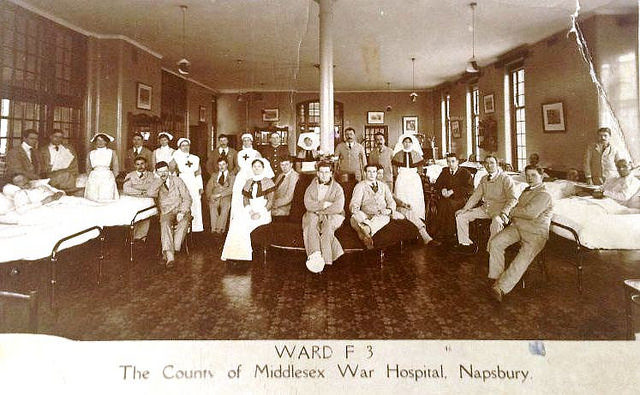
And so the hospital performed well above expectations. Over the years, various new extensions and wings were added but after almost 180 years of operating, the hospital’s main building was found structurally unsound that resulted with a need of an entirely new building.
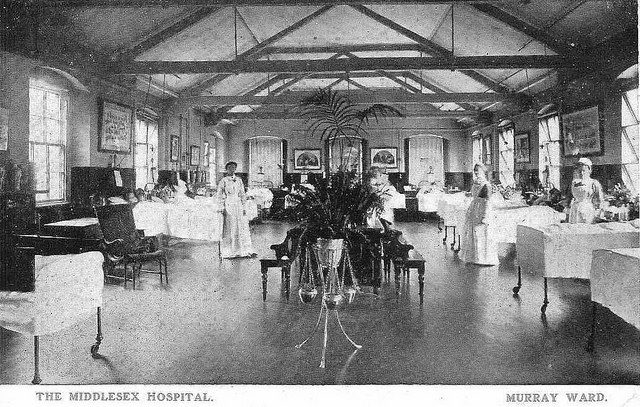
The Duke of York, later to become King George VI visited the hospital on 26 June 1928 and laid the foundation stone for the new building. Naturally, the Duke returned on May 29, 1935, to open the newly constructed building.
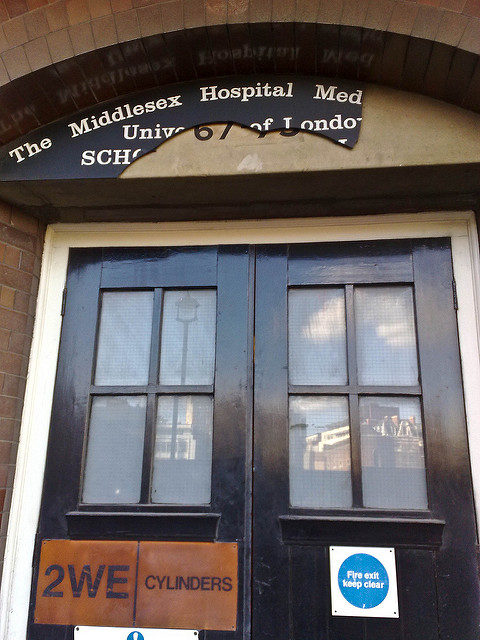
Middlesex Hospital was completely rebuilt in stages without ever being closed, a feat only made possible due to donations of more than £1 million from members of the public. During this phase of reconstruction, the nurse’s home that was located on Foley Street was connected to the hospital using underground tunnels. The hidden passage offered safe and convenient access for the nursing staff at night.
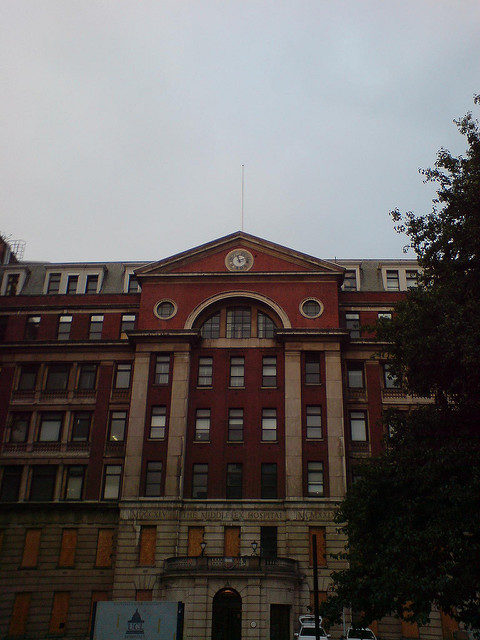
During the 1980s the hospital became part of the Bloomsbury Health Authority and became associated with other hospitals for provision of specialized services: St. Peter’s Hospital, Soho (urology); St. Paul’s Hospital, Red Lion Square (skin and genito-urinary diseases); Soho Hospital for Women (gynaecological disease); Horton and Banstead hospitals (psychiatric disorders); Athlone House (geriatric care); St. Luke’s Woodside Hospital (psychiatric disorders).
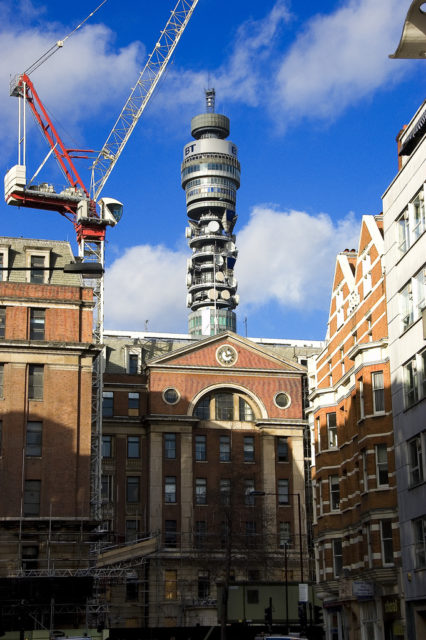
Years down the road and the St. Peter’s Hospitals were closed down and moved into additional new accommodation in the Middlesex Hospital. Two years later, in 1994, Middlesex Hospital itself became part of the University College London Hospitals NHS Trust.
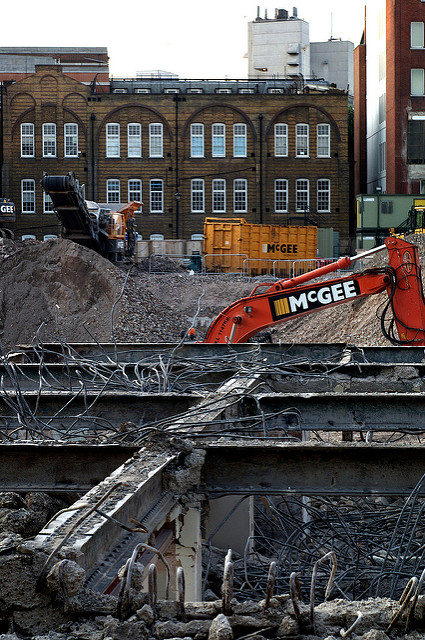
The school that operated within this hospital had its origins in 1746 at the very start of the hospital. The motto that pushed this school through the years was Miseris Succurrere Disco and was provided by one of the deans, Dr William Cayley. The longer version of it is Non ignara mali, miseris succurrere disco, meaning “not unacquainted with misfortune myself, I learn to succor the distressed”.
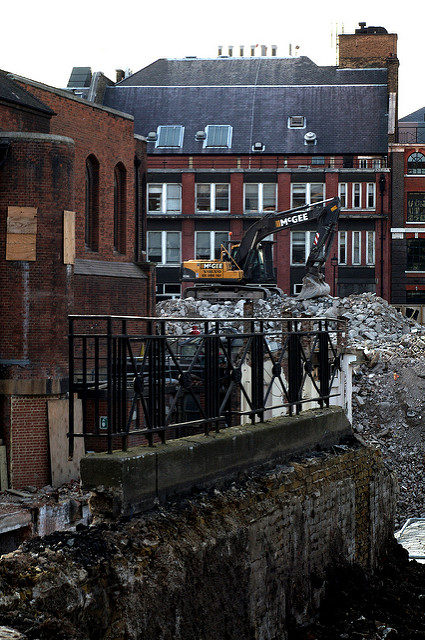
Over the years the hospital offered its services, both medical and educational, but unfortunately, the end came in 2005 after 260 years of non-stop operating. And so the main hospital building was sold to developer Project Abbey Ltd. for £180 million. It was demolished three years later, in the spring of 2008.
By happy chance, the chapel that was designed by John Loughborough Pearson in 1890, and the heritage facade on Nassau Street were both preserved during the process of clearing the site after the demolition.
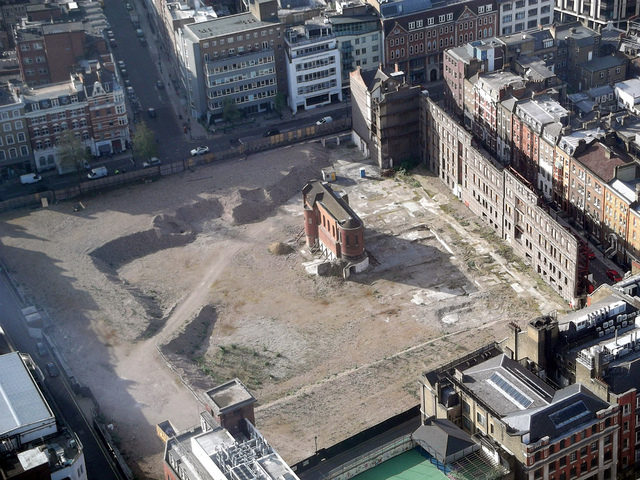
During those three years before the hospital was deleted from the face of the earth, the director of the film Eastern Promises made this hospital one of the filming locations of his choice, helping preserve the memory of this place.
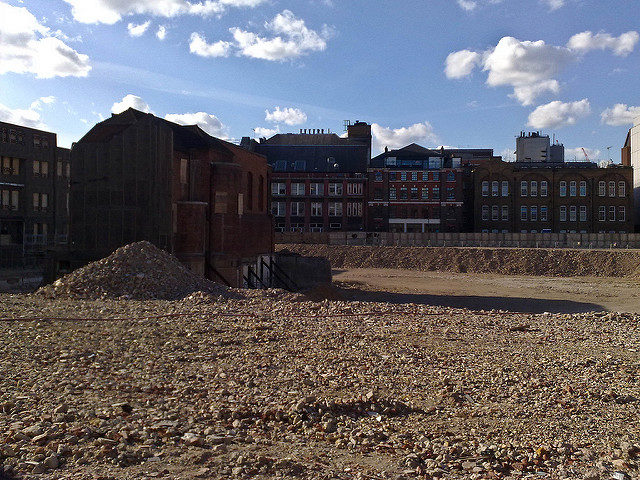
The Chapel of the Middlesex Hospital is the only surviving witness of a time now long gone. It belongs to and it is managed by the Fitzrovia Chapel Foundation. It was structurally completed in the mid-1920s but not formally opened until 1929, by which time much of the lavish interior decoration was added giving it the appearance it broadly retains today.
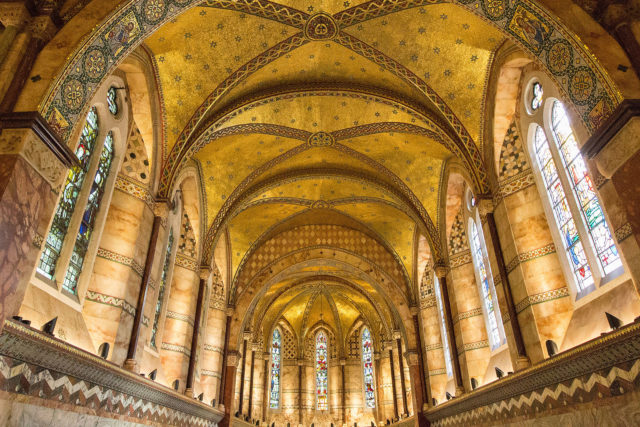
The chapel, which had never been consecrated, nor named or dedicated, after undergoing a £3m restoration during the redevelopment of the Middlesex Hospital site in 2011-2014 was given the name of Fitzrovia Chapel.
